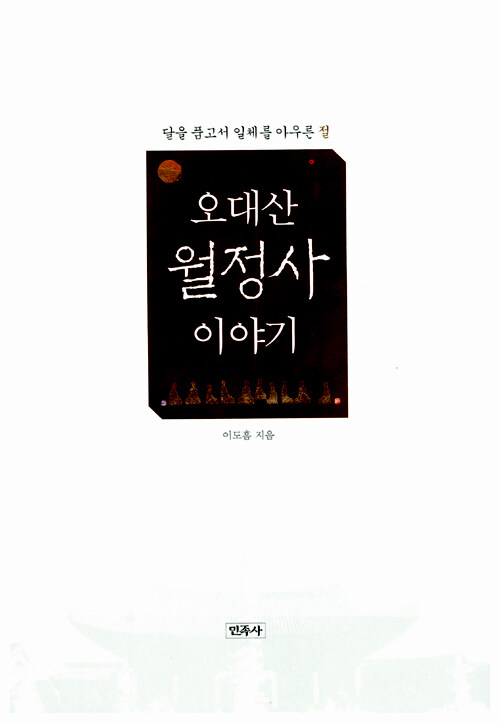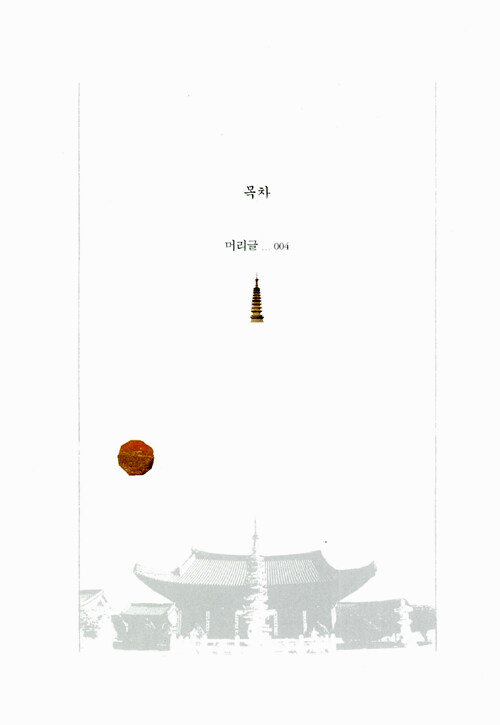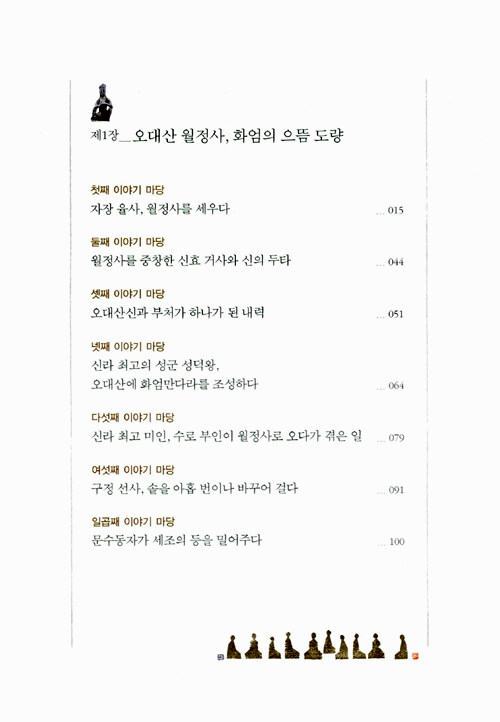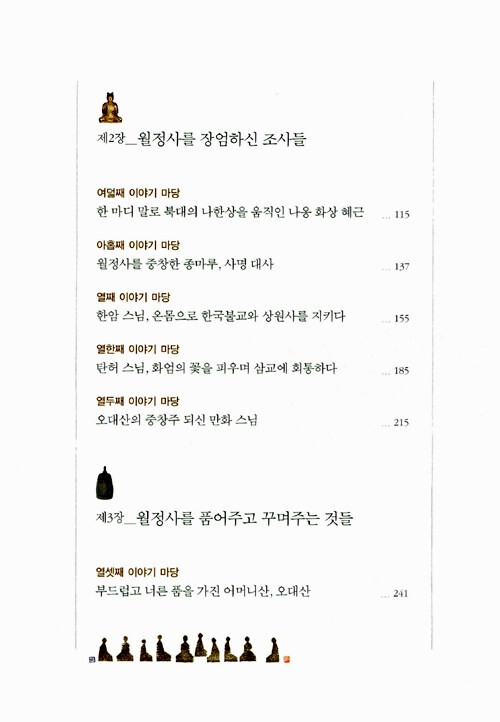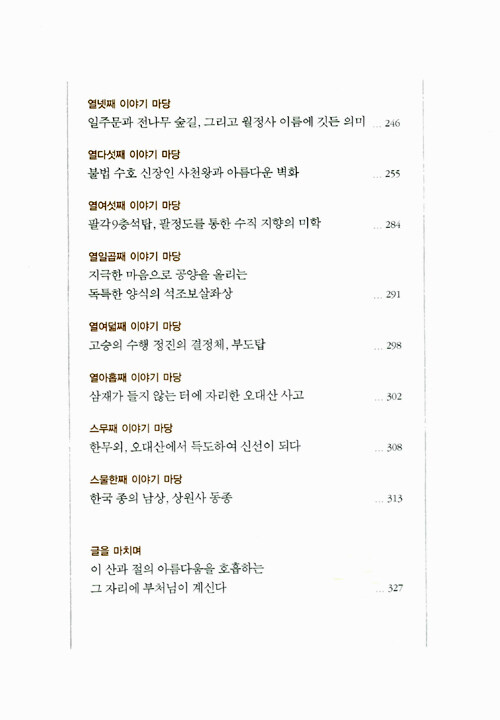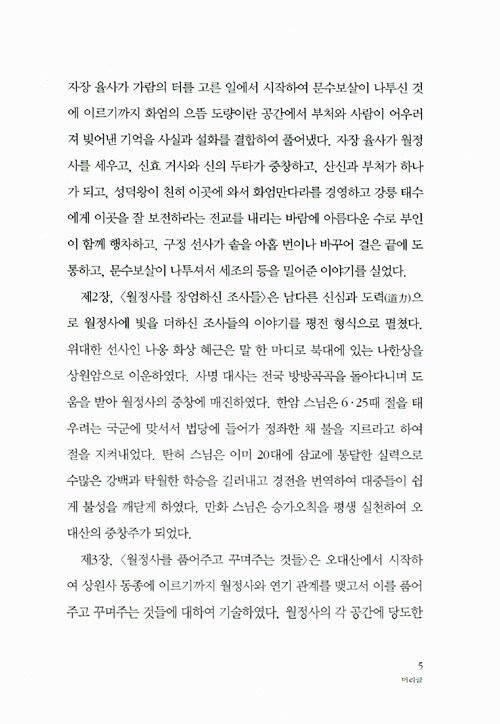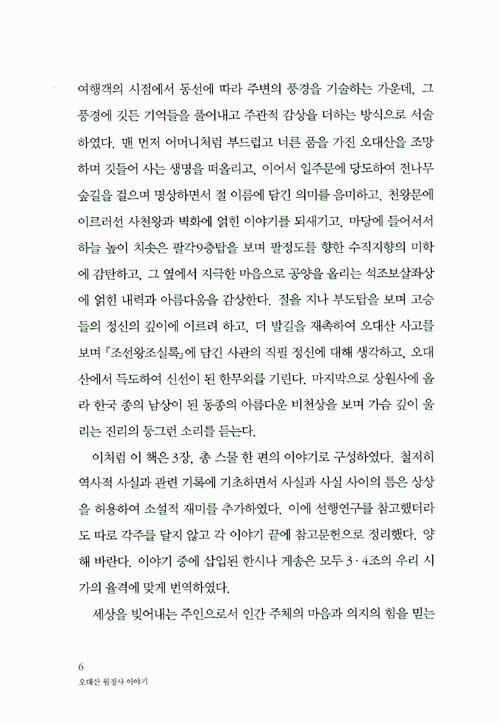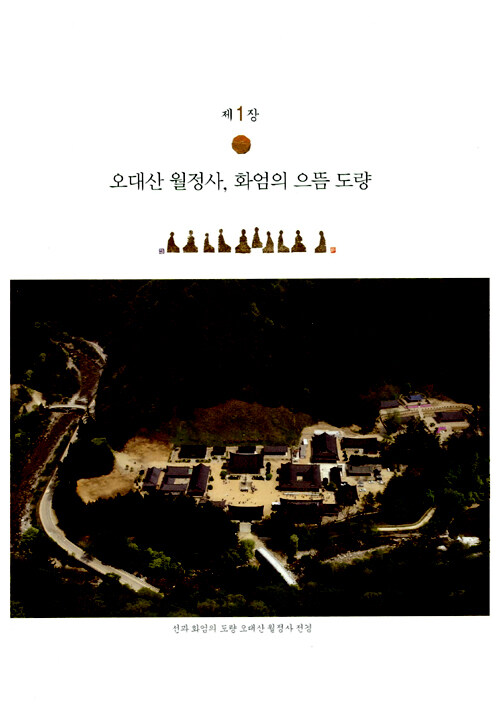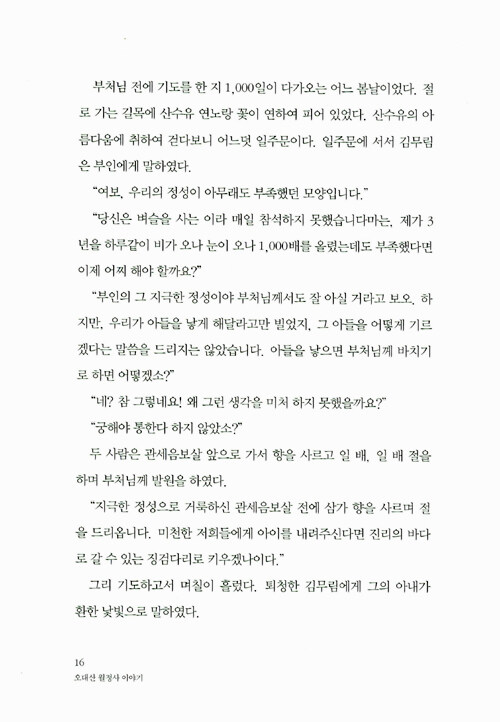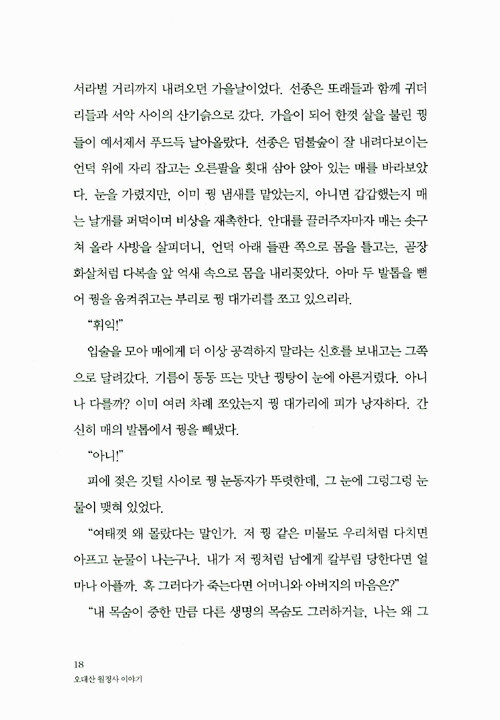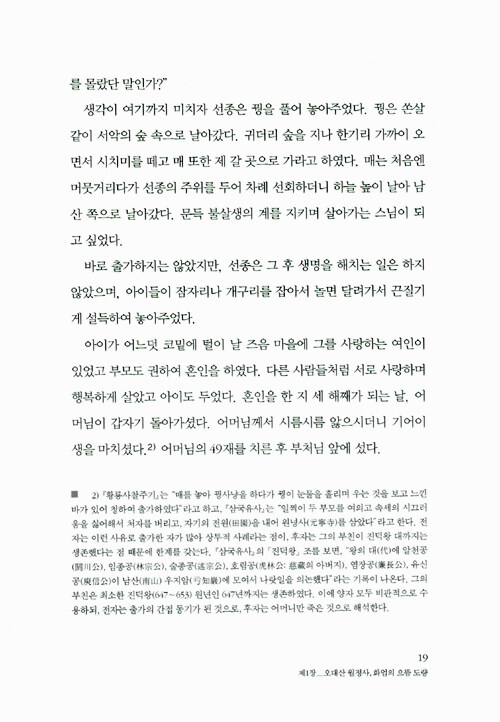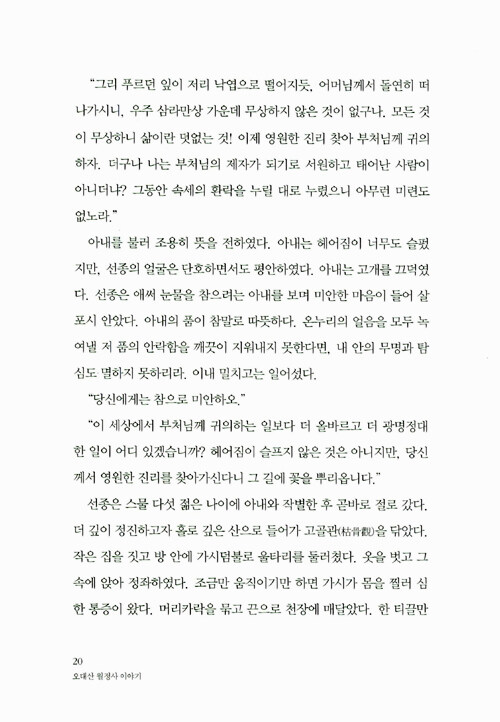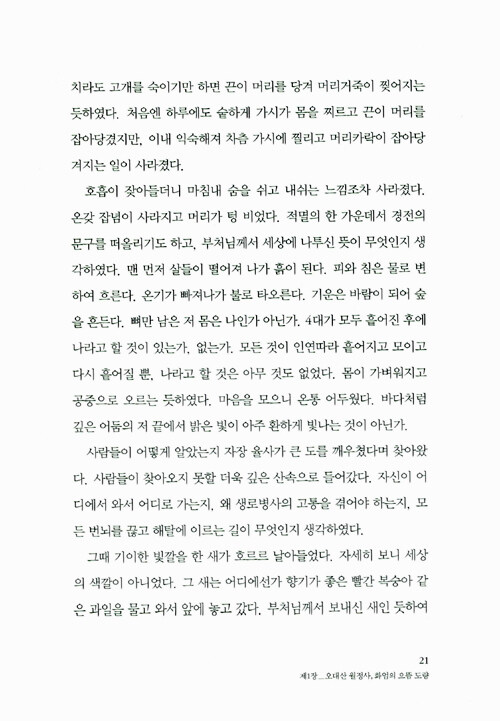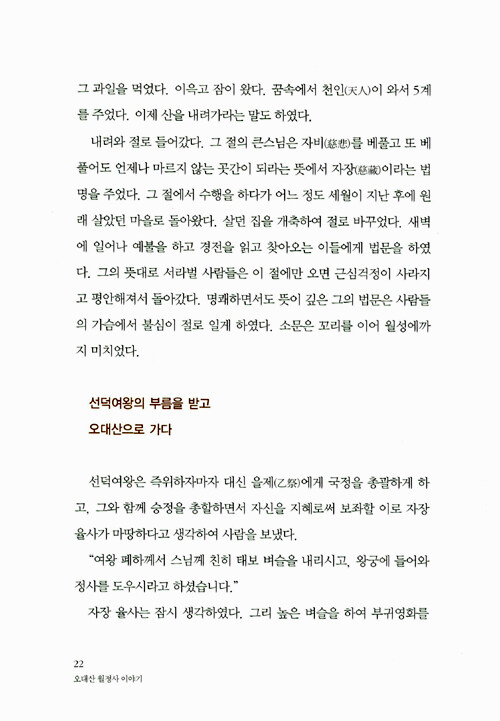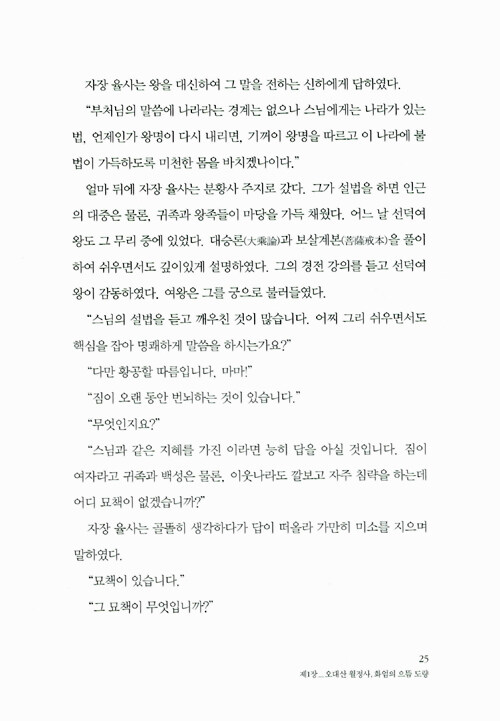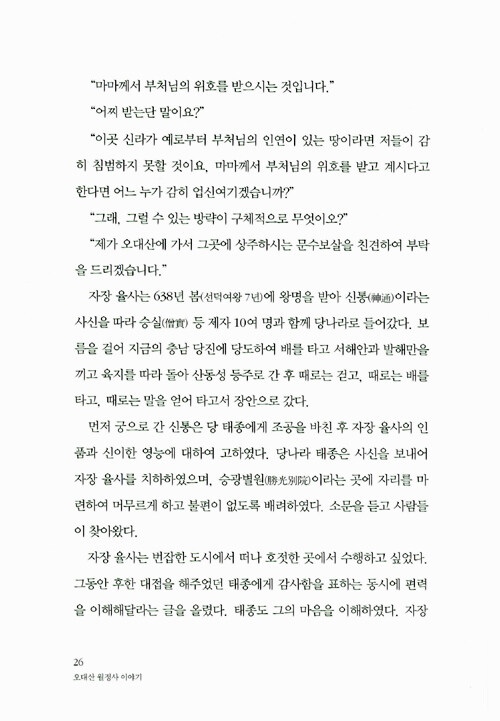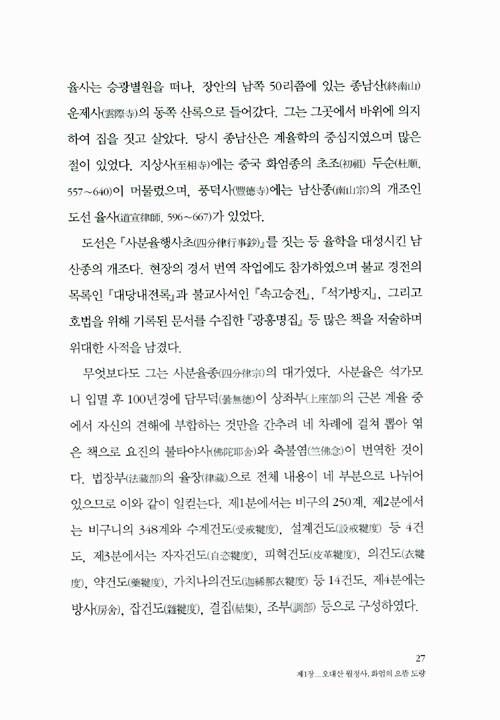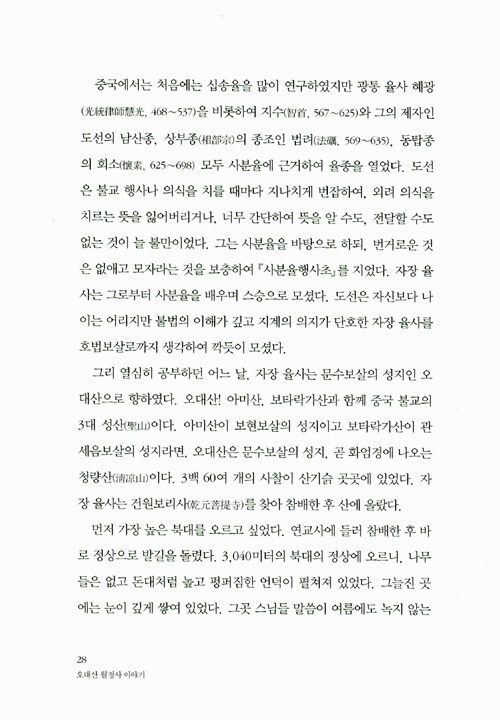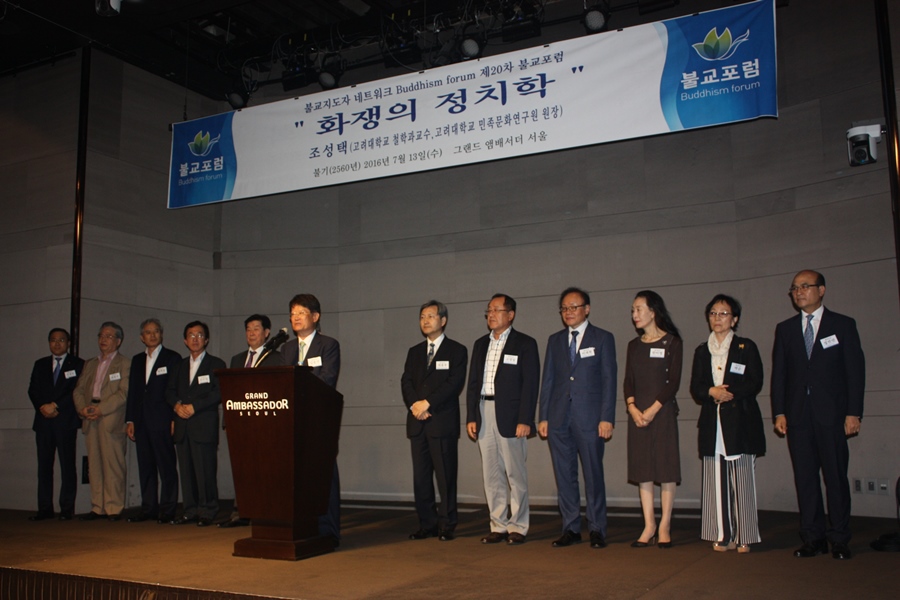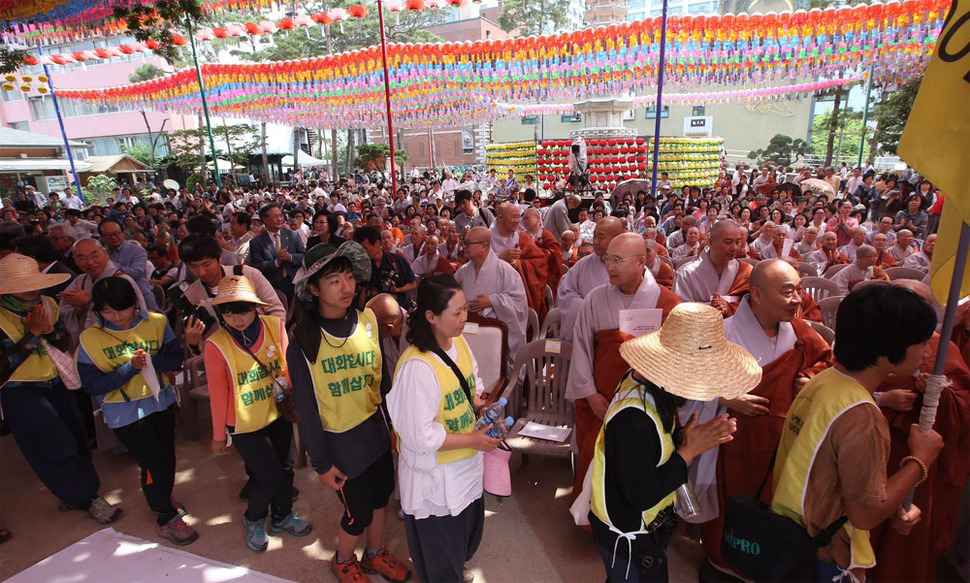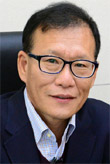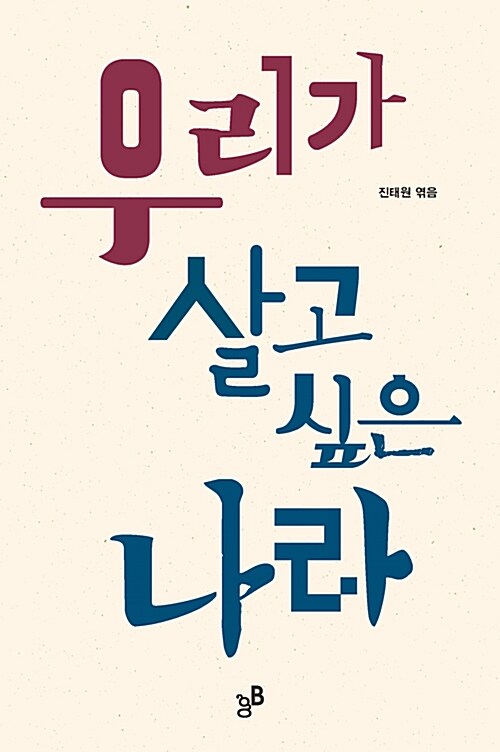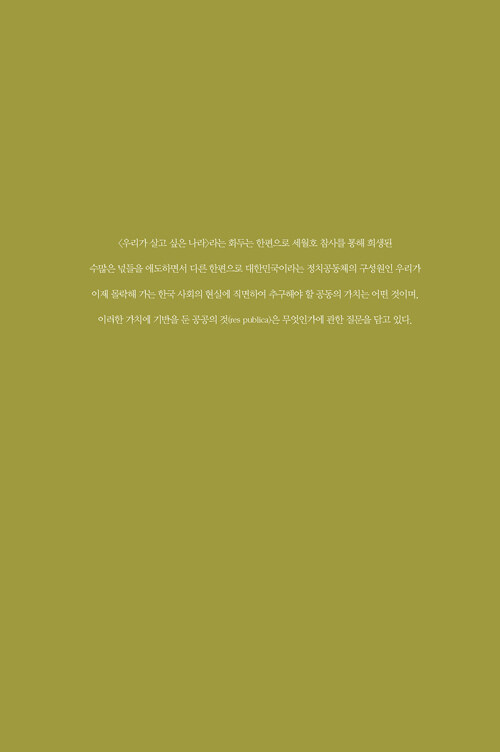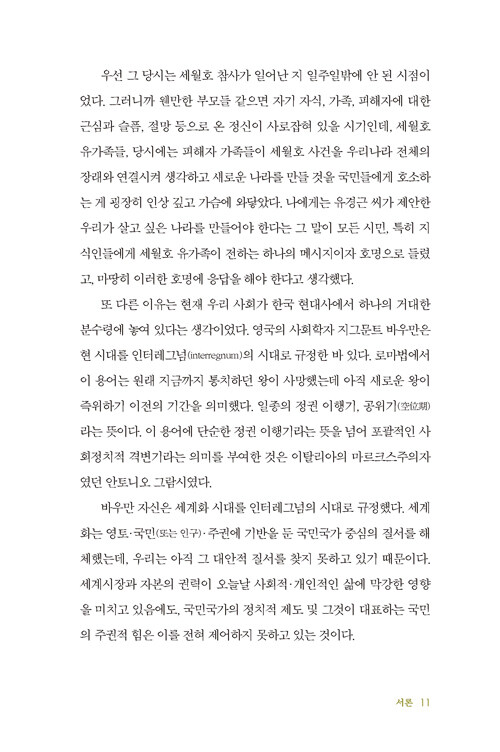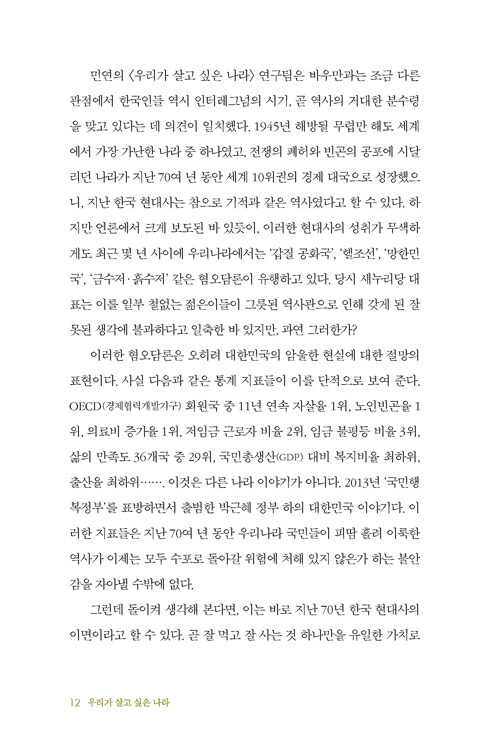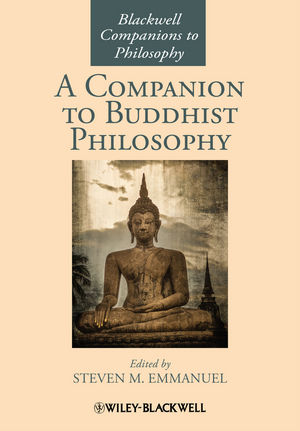Amazon.com: Journey in Search of the Way: The Spiritual Autobiography of Satomi Myodo: 9780791419724: King, Sallie B.: Bookshttps://archive.org/details/passionatejourne0000sato
Roll over image to zoom in
Journey in Search of the Way: The Spiritual Autobiography of Satomi Myodo Paperback – October 21, 1993
by
Sallie B. King (Translator)
4.0 4.0 out of 5 stars
9 ratings 3.8 on Goodreads
130 ratings
See all formats and editions
Hardcover
$43.98
4 Used from $40.00 Paperback
$28.95
20 Used from $1.8810 New from $16.88This autobiography describes a woman's attainment of enlightenment in modern Japan. Satomi Myōdō rejected the traditional roles of good wife and wise mother, broke with her unhappy past, and followed her spiritual path beginning as the disciple of a Shinto priest. At midlife she turned to Zen Buddhism encouraged by a female dharma friend and by various teachers. Under the guidance of Yasutani Rōshi she attained Kenshō, the goal of her lifetime's search.
Review
"...Journey has stayed with me for the unselfconscious cheer with which Myōdō recounts her misery ... As Myōdō tells it, frustration and misery are not the final word, but are part of a wholly ordinary, if dramatic, confusion, from which one may emerge. Her voice is quite a tonic for these times." -- Theo Davis, Public Books
"The second half of the book is devoted to a commentary by Sallie King relating the autobiography to various aspects of Japanese history and religion. The topics are well chosen and will be especially helpful for readers with little or no background in Japanese religion. This book is to be highly recommended, especially for college courses on Japanese religion, anthropology, women's studies, and human development. It offers a rich and detailed account of one Japanese woman's journey through life." -- Winston Davis, Journal of Asian Studies
From the Back Cover
This autobiography describes a woman's attainment of enlightenment in modern Japan. Satomi Myodo rejected the traditional roles of good wife and wise mother, broke with her unhappy past, and followed her spiritual path beginning as the disciple of a Shinto priest. At midlife she turned to Zen Buddhism encouraged by a female dharma friend and by various teachers. Under the guidance of Yasutani Roshi she attained Kensho, the goal of her lifetime's search.
About the Author
Sallie B. King heads the Department of Philosophy and Religion at James Madison University. She has been the recipient of several honors and awards, including a professional scholarship from the Japan Foundation and a summer stipend from the National Endowment for the Humanities. She has published many articles and is the author of Buddha Nature, also published by SUNY Press.
Read less
Product details
Publisher : State University of New York Press; New edition (October 21, 1993)
Language : English
Paperback : 232 pages
ISBN-10 : 079141972X
ISBN-13 : 978-0791419724
Item Weight : 11.2 ounces
Dimensions : 6 x 0.53 x 9 inchesBest Sellers Rank: #2,182,392 in Books (
See Top 100 in Books)#1,549 in
Asian & Asian Americans Biographies#8,487 in
Buddhism (Books)#21,931 in
Women's BiographiesCustomer Reviews:
4.0 4.0 out of 5 stars
9 ratings====
Follow
=====
Top reviews from the United States

Carrie3.0 out of 5 stars Three StarsReviewed in the United States on August 25, 2015
Verified Purchasegeneral
Helpful
Report
jayhawker1.0 out of 5 stars Awful bookReviewed in the United States on February 29, 2012
Verified PurchaseI had to read this for my Eastern Religions class and it was awful. It is an absolutely terrible book and a urge you to avoid it if you can. No problems with the seller or anything, just hated the book so much...
Helpful
Report
Matisse545.0 out of 5 stars Five StarsReviewed in the United States on September 15, 2014
Verified Purchasespecial and rare
2 people found this helpful
Helpful
Report
Guy M. Newland5.0 out of 5 stars female shaman in 20th cent JapanReviewed in the United States on February 16, 2022
I have taught this book several times in my university classes. It is challenging for some students to identify with or to care about Satomi-san as she tells her own story--full of strange experiences--especially when she neglects her infant. Another challenge is that her memoir focuses on the many difficulties she has on her spiritual path; it does not to the same degree linger over or celebrate her final attainment of kensho under the guidance of Yasutani Roshi. However, this is a sincere, vivid, real account of what it meant for a peasant woman from Hokkaido to be, wholeheartedly, a "person of the way" in the first half of the 20th century. Where else can you find something even slightly like this?? It is a rare and precious document, even if not to everyone's taste. Thanks to Sallie King!
One person found this helpful
Helpful
Report
Shaktima4.0 out of 5 stars Awesome InfluenceReviewed in the United States on August 13, 2012
Not for everybody, I admit, though everybody should hear this voice. An invitation to a voyage, freedom, -- listening to your call to unravel an authentic life. The translation is not the best, true, but the thoughts are different from what you hear everyday, even through a lifetime for some. Passionate Journey is a very special book for curious minds, who are dreaming of changing their lives, and achieve full realization.
8 people found this helpful
==
B-SIDES: SATOMI MYODO’S “JOURNEY IN SEARCH OF THE WAY”1.17.2019
B-SIDES

BY
THEO DAVIS As spiritual autobiographies go, Journey in Search of the Way is a bit of a romp. Written in 1956, Satomi Myōdō’s account of the fits and starts of her Buddhist practice weaves her awakening together with her adventures as a single mother, student, actress, and miko (shamaness). Early in life, she seduces a man in order to protest her high school’s ideology of “Good Wives and Wise Mothers”; later on, she insists on studying Buddhism, even as her family chides, “At your age? … Grandmother! What’s the matter with you?” Every story she relates conveys her sense that enlightenment is a normal aspiration for even the most unlikely of us.
Translated by Sallie B. King, who also contributed an extensive afterword putting the book in historical context, Journey has stayed with me for the unselfconscious cheer with which Myōdō recounts her misery. For instance, early on, Myōdō describes giving up her work as an actress to live with Ryō-chan, a “waiflike” gang member she hopes to reform. Like most romantic rescue missions, this one quickly turns sour:
I … quickly became aware of my own ugliness. Anger, jealousy, and all the other vices that seemed to have lain dormant now began to turn up constantly. I wanted to tell Ryō-chan off and drive him away. I ground my teeth and struggled to control these feelings, but in nine out of ten cases I was defeated. Even when I unexpectedly found myself succeeding in this struggle, my success proved temporary, and I soon reverted to nastiness … For me to try to rescue Ryō-chan was a complete impossibility and pure conceit. Carried away with emotion, I had completely overestimated myself. I did not stop and think. Unconsciously, I had decided that I was a correct and pure person. How shameful!
Myōdō is scrupulous in chronicling the “anger, jealousy, and … other vices” that “turn up constantly,” and how her attempts to be decent lapse back into “nastiness.” Still, there is something briskly untortured about the account; even the exclamation “How shameful!” seems to come with a smile.
Myōdō writes at one point, “Finally, winter passed. I began to hate myself.” Yet it never seems that the narrating Myōdō hates her past self. I take the high-spirited clarity of Myōdō’s accounts of her own failings as a form of insight into the first of the Four Noble Truths taught by the Buddha: there is suffering. It exists, and it is there to be seen and understood.
EVERY STORY MYODO RELATES CONVEYS HER SENSE THAT ENLIGHTENMENT IS A NORMAL ASPIRATION FOR EVEN THE MOST UNLIKELY OF US.Myōdō’s brief experiment with Christianity illuminates her approach; after hearing a sermon on how “bad wood is cut down and thrown in the fire of Gehenna,” she decides that “I am that bad wood, no doubt.” Yet she concludes, “I could not become a Christian,” because she is not, in fact, interested in “the Kingdom of Heaven.” Her aim is not to extirpate sin and save herself, but to comprehend suffering: as she explains it, “I wanted to know why I was such bad wood.”
Although many people turn to meditation and mindfulness practices in search of stress relief, the Buddhist teacher Jesse Maceo Vega-Frey warns against the notion that comfort will be the fruit of such efforts. At least, they won’t offer the comfort of greater ease with the status quo: Vega-Frey calls that “
the false promise of mindfulness.”
The idea that meditative practices can lead away from comfort permeates Journey in Search of the Way. We see Myōdō falling into a “delirium” in which she dreams of “a huge, round blood-red flower” in “a lacquer-black darkness”; “just then my whole body was seized by a violent and uncontrollable trembling.” As a miko, intense concentration allows her to empty her mind and channel other consciousnesses, but that concentration is almost violent: “My mind was strained to the point of pain by the sheer not-self.” After her first enlightenment, she finds herself, near the close of World War II, seeing both dead bodies and those “half dead and half alive” heaped in a train station. She is “desolate” as her “wonderful experience sank into the deep shadows of [her] subconscious.” So much for relaxation.

BROWSE
THE FORTUNES OF SENSO-JI, TOKYOBY KENNY FRIES
Since Journey is unequivocally the story of an enlightened person, it raises the question of exactly what an enlightened person is like. At one point, Myōdō observes, “The more I practiced zazen, the less things turned out the way I expected.” That observation can be connected to a later one: “Now that I have awakened from the dream and can see clearly, I know that the saying ‘You don’t have the same experience twice’ is really true.” The ability to see each moment of arising experience as new is a central insight in Buddhism. In Pali, the language in which the Buddha’s teachings were first written down, this impermanence is called anicca. This is why the more Myōdō practices, the more unexpected life becomes: she is experiencing anicca more and more intimately.
It is not only happiness in understanding suffering, and the resulting relief from the weight of confused expectation, that I sense in the breeziness of this book’s tone. There is also delight in the freshness of seeing itself. At one point, Myōdō describes her response to a lecture on the koan “Kashō and the Flagpole.”
The tatami mats of the main hall at Raikōji were worn at the edges and tattered. When I saw that, I found myself thinking, “When I worked as a miko, business really thrived; I could have easily had these mats fixed. Maybe I should become a miko again! Even that isn’t altogether useless in the work of liberating the dead who have lost their way.”
Just then—“Aha!”—I caught myself. “You fool! That’s the flagpole! Yes—when the merest glance casts a reflection in your mind, that’s the flagpole! Knock over that flagpole in your mind! One after another, knock them down!”
She has suddenly grasped that woolgathering about past and future obscures the immediacy that a “merest glance” can have, even if it’s just of an old mat. “Now I had discovered a principle to guide my practice.” As the excitement in the passage intimates, just knowing can contain a delight that does not depend on the quality of the object known, but rather on the clarity of awareness itself. Seeing that, our whole way of relating to the world can be shaken.
As Myōdō tells it, frustration and misery are not the final word, but are part of a wholly ordinary, if dramatic, confusion, from which one may emerge. Her voice is quite a tonic for these times.
This article was commissioned by
John Plotz.

Featured image: Soga Shōhaku, Lions at the Stone Bridge of Mount Tiantai (detail). Inscribed by Gazan Nanso. Metropolitan Museum of Art, New York
JAPAN B-SIDES AUTOBIOGRAPHY BUDDHISM SUNY PRESS SPIRITUALITY LITERATURE TRANSLATION===
Journey in Search of the Way
The Spiritual Autobiography of Satomi MyodoBy Sallie Jiko Tisdale SUMMER 1994
Translated and annotated by Sallie B. King.
State University of New York Press: Albany, 1993.
212 pp. $14.95 (paper).

Satomi Myodo with Yasutani Roshi, 1967. Photo by Anne Aitken.
To be a Buddhist in the United States can sometimes mean struggling with a sense of cultural inadequacy. What would it be like to be a Buddhist in a Buddhist world, to have come to Buddhism as a child, surrounded by other practicing Buddhists? Journey in Search of the Way, the autobiography of a Japanese peasant woman named Satomi Myodo, dispels and fuels this feeling in turn. Satomi-san had the deep courage of the true spiritual seeker, and she grew up in a spiritually lively world, much of it Buddhist in flavor. Her story, written in 1956 when she was a sixty-year-old Zen Buddhist nun, is full of wonders and anguish, wonders that seem almost ordinary in her cultural context, and anguish that is in no way lessened by the multiplicity of spiritual seekers around her.
Satomi-san lived in a particularly turbulent time, from 1896 to 1978, the period of transition from feudal to modern Japan. But she also lived in a timeless world of poverty and farming, a world where spirits hover, families stay in one place for generations, and the constricted roles of gender and class define the boundaries of each person’s life. Satomi-san’s narrative often has the strange flavor of the supernatural invading ordinary life, but unsurprisingly so. Throughout Journey in Search of the way (which was first issued by Shambhala in 1987 under the title Passionate Journey) the reader senses the compelling pressures in the life of a woman driven by spiritual hunger to escape many of the most restrictive boundaries within which she was raised—a woman who nevertheless wasn’t able to find peace until she found zazen.
The short manuscript by Satomi-san is coupled with a helpful commentary by Sallie B. King, a professor of religion at James Madison University in Virginia. King elucidates the more obscure aspects of Satomi-san’s experience, which Satomi-san herself takes for granted.
Satomi-san’s first ripened spiritual practice was that of Shinto spiritualism, specifically that of working as a miko. Mikosare female shamans who have been a fixture in rural Japan since ancient times and, according to King, still found in small numbers today. Mikos are “employed” by poor farming people to answer questions, interpret dreams, find lost objects, and make predictions, something they can do when possessed by one or more of the Japanese gods known as kami. Here King’s accompanying commentary is very useful, because kami are especially out of the ordinary for the American reader, even one with a basic familiarity with Japanese history.
Satomi-san hungered from a young age for spiritual truth, and even when her first teacher led her into kami possession, she felt herself to be a spiritual sham. But after her first successful possession she could call up a trance state at will. “In this manner,” she writes, “I wandered from the True Way and fell to the level of a mystery monger, chasing vainly after marvels.”
The remainder of her life is also a chronicle of extremes: she is broken down by her own sense of spiritual inadequacy at one point, and at another, is thrown off course by her impatient need to have the truth all at once. Her position as mother, wife, student, daughter, old woman, and—always—peasant, during a period of enormous upheaval and war, again and again prevents her from following the path she means to choose. The persistent itch of the seeking Mind will not be still. Of one period of despair, she writes, “No matter what I did, all my projects smacked of temporary insanity. “
When Satomi-san “fails”—and failure is her interpretation of each attempt to discover enlightened truth through breathing, chanting, austerity, trances, and charitable work—she believes her failure lies only in a lack of effort, ofmakoto, or “sincerity,” as defined in Shintoism. “To be sincere is to be true to the total situation in which one finds oneself,” explains King in the commentary. “That is, to be true to oneself.” So Satomi-san increases her breathing, chanting, austerity practices, leading herself at times into ill health. Only late in life does she come to Buddhism, and only later still does she embrace it.
The narrative of Satomi-san’s life is simple, straightforward, and often lucid, but I found it maddeningly slim at times, and usually on just the kind of extra detail of motivation or experience that I wanted. Her life often reads as a tragedy, not only because of the unceasing circumstances of poverty and cultural oppression, but because of the smothering drive for understanding itself, which seems to have propelled every decision Satomi-san made. The reader longs to know more of the day-to-day struggles involved. After her experiences with Shinto, she studied Amida and, again restless for result, joined several newer cults, coming to Buddhism only in fits and starts. In her first effort at zazen, during a sesshin, she writes, “I thought I could surely awaken within the one week.” It is here, in the middle of her life, that I could see the similarities between the Satomi of early-twentieth-century Hokkaido and American Buddhist students today; I was reminded of the universal nature of the spiritual path. In her search she experienced confusions, isolation, illusions, and dreams all of which seem abruptly familiar, as do the digressions and small moments of understanding.
When Satomi-san finally “gives up,” as it were, and simply sits in meditation, it’s not long before the kensho that has always been hovering behind her arrives. In a marvelously succinct description, she writes, “I felt as if I had finally gulped down some big thing that had been stuck in my throat a long time.”
Sallie Jiko Tisdale is a lay dharma teacher at Dharma Rain Zen Center, and a dharma heir of Kyogen Carlson. She is the author of Advice for Future Corpses (and Those Who Love Them): A Practical Perspective on Death and Dying and The Lie About the Truck: Survivor, Reality TV, and the Endless Gaze.
===
Journey in Search of the Way: The Spiritual Autobiography of Satomi Myodo
Satomi Myōdō
,
Sallie B. King
(Translator)
3.85
131 ratings27 reviews
This autobiography describes a woman's attainment of enlightenment in modern Japan. Satomi Myōdō rejected the traditional roles of good wife and wise mother, broke with her unhappy past, and followed her spiritual path beginning as the disciple of a Shinto priest. At midlife she turned to Zen Buddhism encouraged by a female dharma friend and by various teachers. Under the guidance of Yasutani Rōshi she attained Kenshō , the goal of her lifetime's search.
Genres
Religion
Buddhism
Memoir
Nonfiction
Biography Memoir
Spirituality
Japan
232 pages, Paperback
First published May 12, 1987
Book details & editions
5 people are currently reading
133 people want to read
About the author
Profile Image for Satomi Myōdō.
Satomi Myōdō
4 books2 followers
==
Displaying 1 - 7 of 7 reviews
Profile Image for Sarah Bahm.
Sarah Bahm
54 reviews
4 followers
Follow
April 6, 2021
2.5 stars...eh
Like
Comment
Alan Davies
28 reviews
1 follower
Follow
Read
October 13, 2021
Satomi Myōdō was born in 1896 to a poor farming family in Hokkaidō / the northernmost of Japan’s main islands. After high-school she moved to Tokyo / intent on becoming a writer. Planning on tricking a young man into becoming romantically attached to her / only to then rebuff his feelings / she instead got pregnant. She returned to her family in disgrace / feeling also that she had failed in her filial duties. Her father taught her / with the help of an insect trying and trying again to climb a weed / that she could prevail. Her belief in sincerity / the first of her ideals / was restored. After getting married Satomi had a second child. Bickering with the father / the husband left. She began to experience hallucinations in which she had conversations with imagined people. She pleaded with her parents to take care of the children so she could return to Tokyo to study. They agreed to care for the older child / while she would take the younger child / still nursing / with her. The day of her arrival she found a place to stay and got work selling newspapers in the evening. Her in-laws found that she was living there / and after a bitter visit left with her baby. She blamed herself for what had happened / at the same time trying to deal with her bitter sadness. Hallucinations returned. From time to time I would roar, “I have two minds in one body!” One night she left her apartment naked and in delirium / was taken from a police station to a mental hospital where she struggled to adapt. Her father came to take her home. In conversation with her friendly landlady Gotō-san it was decided that she should do something practical / which ended with her becoming a kageki actress. Kageki was a form of theater very popular at that time / a simple operatic production with an all-female cast. Among a group of the troupe’s hangers-on was a delinquent young man of nineteen. “No good! Being an actress is no good for me! I still want to jump in and directly help a drowning person.” She quit acting and the two started living together. After attending his lecture about Shinto / she asked Rō Sensei to be her teacher. She lived with his family / helping out as well as being his disciple. After a year she returned to Ryō-chan. While chanting for compassion – Suddenly, right before my eyes, about three feet above me, a shining sphere the size of a palm appeared. As I looked, words formed within it, as if written in ink: You must love! Again she left Ryō-chan in her quest for liberation. She returned to Rō Sensei who took her on as a disciple while having her care for the needs of his wife. Mrs Rō could be authoritarian to the point of the tyrannical – she did not mind making life difficult for Satomi. Satomi was often angry although she admonished herself “Shame on you! You’ve got to get rid of every last shred of this anger!” Thirty years later she thought of the difficult taskmaster with gratitude for her severe discipline and molding. With Rō Sensei’s guidance she was becoming a miko (a Shinto shamaness). She had been practicing an asceticism consisting of dousing herself with very cold water / even at the coldest time of the year / as the result of which she suffered from bleeding and pain. Yet, quite unexpectedly, something marvelous did result from it: communication with the spirit world…. She was in touch with the Shinto world of kami / the spirits and powers that are the object of their veneration. She also interpreted this in terms of Buddhist psychology as the world of the eighth consciousness having opened up for her. Often referred to as the storehouse consciousness / it is a universal collective repository of all the seeds of subsequent karmic actions. She refers to other ascetic practices – …a miko walks over a path of fire, draws red-hot tongs through her hands, pierces her arm with an iron skewer, or walks over a path of sword blades, she is simply doing what a fool does. At the same time that she considered herself a fool / she wondered how to proceed. She told Sensei about some of her esoteric experiences / to which he responded “That? It may be strange, but it’s nothing important.” She writes that At that moment, the words “Heaven and earth are one reality; all things have the same source!” sprang to my lips. There is a koan that asks “All things return to the one. Where does the one return?” Sensei agreed. Suffering from self-doubt she approached her teacher / bemoaning her lack of potential / and comparing herself to a tile that could never become a jewel. Rō Sensei suggested the opposite. As she became increasingly unhappy / her confidence in her teacher waned. At the same time her powers as a miko were waxing. She decided to return home / and before doing so was tested – she was able to walk over the fire and so on. Together with her teacher she performed the Pacification of the Soul and Return of the Kami ritual. She returned to her home in Hokkaidō as a trained miko / intent on doing something to revitalize the impoverished village. She developed a waterfall in the vicinity into a shrine with yearly and even monthly festivals. At the same time, without really knowing how it happened, I began to teach about Shinto matters. Thinking after a while that with all she was trying to do to help others / she herself was not liberated / she gave up the life of a priestess. She studied with a Buddhist monk named Tōno-sama / but was refused admission to a three-day retreat / probably because she was not well-dressed. Her father died. She had a memory of being carried on her father’s back at the age of about three / with her mother and father talking happily as they walked. She continued her urgent search for spiritual release. She began to study with a Roshi at a Sōtō Zen temple in Sapporo / then with Jōten Roshi at a nearby Rinzai temple. The years were passing. Practicing zazen (sitting meditation) with great diligence / she was desperately seeking satori (enlightenment).
In the next moment the universe shrank, and the room was transformed into its essence and appeared at my feet. “Ah! The beginning of the universe—right now!... Ah, there is no beginning.”
The next moment, the universe became a deep blue, glowing and rippling, magnificent whole. “Ah! I gave birth to Buddha and Christ! ... The unborn, first parent…that’s me! I gave birth to me! I was what I am before my parents were born!”
She finally had a taste of the enlightenment for which she had so yearned. There is a Zen koan that demands ��� Show me your original face before your parents were born. She sought Joten Roshi’s approval of her satori / but he insisted that although she had had an enlightening experience there was more yet to be done. Shibata Sensei encouraged her to persist. She met a woman called Hayakawa-san who became like an elder Buddhist sister to her. She audited Buddhist Studies classes for four years at Hokkaidō University. She was still enveloped in darkness and despair. She wanted to live as a mendicant nun. Zen teacher Sugu-sama encouraged her to enter a convent. The convent refused her entry / first because they were in the midst of a sesshin (longish period of concentrated zazen) / and later because she was too old. She had no choice but to return to the Roshi in Taiheiji. She was then able to sit a five-day sesshin / and to have formal interviews with her teacher. She was concentrating strenuously on the koan – A monk asked Zhaozhou, “Does a dog have buddha nature?” Zhaozhou answered “Mu”. Mu in its most blunt sense means no / but it can also mean nothing / emptiness / nothingness. After another day of battling her demons while doing zazen –
I was dead tired. That evening when I tried to settle down to sleep, the instant I laid my head on the pillow, I saw: “Ah! This out-breath is Mu!” Then: “The in-breath too is Mu!” Next breath, too: Mu! Next breath: Mu, Mu! “Mu, a whole sequence of Mu! Croak, croak; meow, meow—these too are Mu! The bedding, the wall, the column, the sliding door—these too are Mu! This, that and everything is Mu! Ha ha! Ha ha ha ha ha!
She had had an experience of kenshō / seeing one’s own original nature. When Rhoshi saw her the next day he immediately knew that she had experienced an authentic breakthrough. She renewed her nun’s vows and shaved her head for the first time.
Since kenshō I have been working with kōans, one after another. Every time I penetrate a kōan, a thin skin peels off my mind. Layer by layer, the mind’s foundation is gradually becoming clear. Thus the more I enter into the ocean of Buddha Dharma, the more I understand how deep it is. And yet its content is nothing at all. A human life filled with this “nothing at all” is a marvelous thing.
She returned to Hokkaido where she died at the age of eighty-two. She was buried in the family plot.
So much for Cliffs Notes!
And don’t say that I should have issued a spoiler alert. Anyone who would read through that bulky paragraph has been asking for it.
The Japanese title of the book would translate as Journey in Search of the Way. I guess the American editors wanted something with more passion in it. The word Way is the same as the Japanese word for street / but when used in this context has the connotation of a spiritual search for truth or freedom. It is the same word as the Tao / a Chinese religion/philosophy which predated Buddhism’s coming to the East. It’s also used as a suffix to produce such words as zendo / aikido / judo.
The translator / Sallie B King / has provided copious notes to assist the reader in understanding Japanese terms and other matters that might otherwise slow and weaken the reading. Zen practice is in considerable part inexplicable / and so to use words to try to explain it is always a bit of a fool’s errand. The notes are those of an academic / not a practitioner / and for that reason also frequently fall short of the mark. The second part of the book provides scholarly information about Japan at the time / about new religions / about Shinto and Zen / and so on.
Alexandra David-Neel's 1927 classic book My Journey to Lhasa chronicles an analogous quest for opened experience – her travels were in Tibet. The great Zen master Hakuin’s (1686-1769) often ferociously difficult struggle for enlightenment is detailed in his memoir Wild Ivy. If you read his book while a newcomer / do not be discouraged – everyone who experiences growth through zazen does not suffer as he did. Norman Waddell’s translation is excellent. There are many other testaments to the value of seeking wisdom within yourself. Erik Fraser Storlie’s 1996 Nothing on My Mind: Berkeley, LSD, Two Zen Masters, and a Life on the Dharma Trail is a modern version of such recounting.
/ Copyright © Alan Davies 2021
====
Jan Goericke
153 reviews
2 followers
Follow
September 26, 2023
Sallie B. King, the translator of Satomi Myodo's autobiography, provided a very interesting format for this book. It is in two parts: the translation of the autobiography and a second part providing context. In the foreword, the reader is offered two ways of reading the book, either starting with Part I or II. I decided on the latter and it worked best for me.
Part II provides a discussion on the history of Japan leading up to the life time of Satomi Myodo-san (late 19th century until mid 1950s). The quick history lesson describes Japan's culture, economy, and foreign affairs aside from the main religious beliefs of the times. This review helps to see the author in historical context even including some important event that impacted the Japanese population at the time and may have informed some of Satomi's writing. Part II also provides some insight into some of the religious and spiritual practices the author is describing in her text. That, in addition to the numerous footnotes, provides a better overall understanding for the reader.
Satomi's autobiography is describes the search of the author to find her spiritual center and gain enlightenment. This is a deeply personal search sometimes on the edge of the comprehensible. Although the reader gains some understanding in the motivation of this quest, the cost of her search are not always understandable. However, it is Satomi's story and not for the reader to judge. The autobiography shows, however, a story of the trials and costs of honestly investigating one's need for spirituality, for answers to the existential questions, and for inner peace. As such, I truly enjoyed this autobiography. I had not comprehended the content of Part I hadn't the stage been set for me in Part II.
The concept of a Japanese mieko would have completely alluded me not only in meaning, but also in importance (and beauty) if it was not for the introductions in Part II of this translation.
Most people, me as a not very spiritual person included, search for a meaning at some point in our lives. How we conduct this search seems to vary tremendously. Satomi Myodo quest is one of these stories. It is raw, honest, beautiful, and insightful. Humans strive on exchanging stories. Satomi's story has impacted impact my own personal quest.




